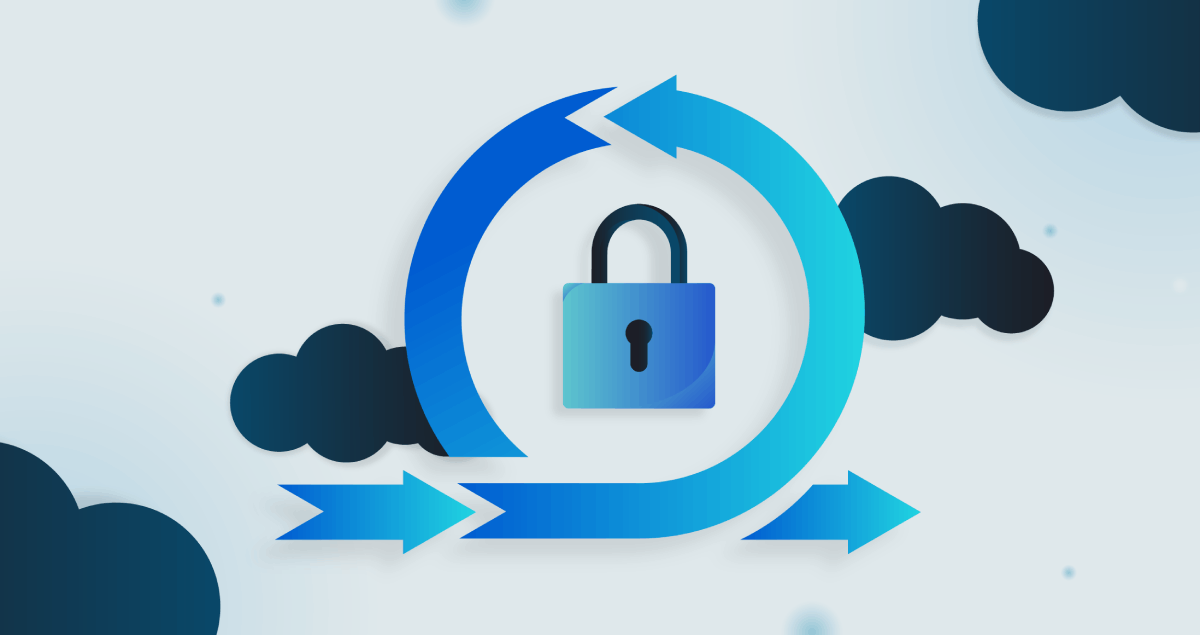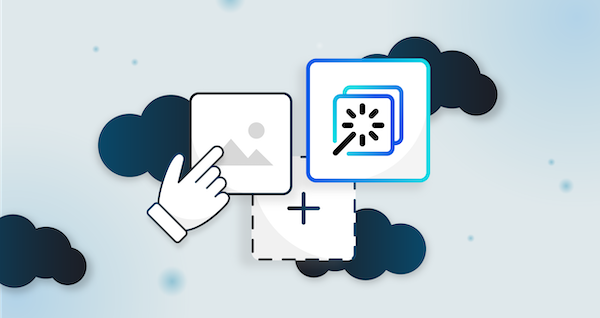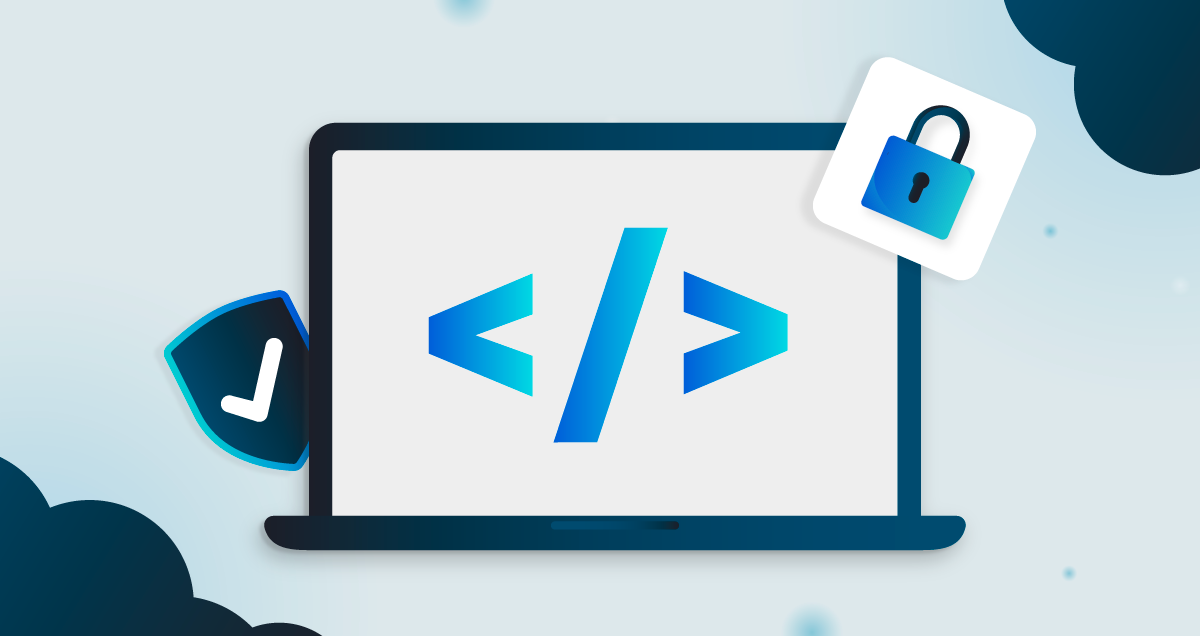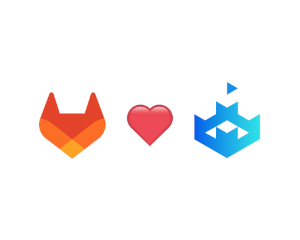No dev team wants to deal with data breaches and other exploits after an application goes live, which is why security should already be part of the initial design stage.
A good place to start with that is threat modeling. If developers think like an attacker and catch vulnerabilities early, it could prevent something like a costly data breach from happening.
In fact, the average global cost of a data breach has now reached USD 4.88 million. And the further along a vulnerability makes it in the development cycle, the more expensive it becomes to fix.

What is Threat Modeling?
In case you need a refresher or are not sure what we’re referring to, threat modeling is the process of identifying potential security risks early in the software development life cycle (SDLC), before code is written or deployed.
It involves examining how a system is designed, its data flows, and where trust boundaries exist, to understand where things could go wrong.
Teams can also make more informed design decisions and reduce security risk by thinking like an attacker in terms of how a system could be exploited.
Overcoming Barriers
For many teams, the benefits of threat modeling are well understood, but the real challenge is making it part of everyday development.
Several factors often get in the way:
-
Strict release schedules and competing priorities can push security down the list until an issue surfaces.
-
Tools that feel disconnected from the developer workflow, or that require too much overhead, don’t get used.
-
Not every team has dedicated security expertise, and developers are often expected to manage multiple responsibilities.
-
Threat models created early on can quickly become outdated, making them difficult to maintain or rely on.
Why Integrate Threat Modeling into the SDLC?
Threat modeling helps teams identify and mitigate potential risks before they become real vulnerabilities. If it’s done at the start and continuously, it guides secure architecture decisions and keeps up with the complexity of systems as they scale and change.
By integrating threat modeling into each stage of the SDLC, organizations can:
-
Catch design vulnerabilities early, before they get lost under layers of code.
-
Make more informed decisions by weighing security alongside functionality and delivery goals.
-
Allow developers to take greater ownership of security within their everyday work.
-
Address potential issues before they become too expensive to fix later in the process.
-
Remain aligned with compliance and regulatory requirements.
Who Should Be Involved?
There’s a misconception that threat modeling is the responsibility of security teams or architects; however, in reality, it works best when it’s collaborative:
-
Developers bring insight into how the system works in terms of code and implementation details.
-
Product owners can help uncover potential misuse cases, data sensitivities, and risky user flows.
-
DevOps or platform engineers understand deployment models, third-party integrations, and runtime concerns.
The goal isn’t to become security experts overnight, but to bring different perspectives together to identify what could go wrong and what can be done about it.
What Does Continuous Threat Modeling Look Like?
Threat modeling shouldn’t only be done once, but it needs to be a recurring task. It needs to be kept up-to-date with what’s being developed, rather than just what was planned in the beginning.
This can be done by:
-
Creating or updating threat models during design reviews.
-
Revisiting them with each major code change or architectural shift.
-
Linking risks and mitigations to the development backlog.
-
Ensuring that everyone, from architects to engineers, can contribute.
-
Choosing the correct tools and processes to keep pace with development.
Where to Integrate Threat Modeling in the SDLC
1. Planning & Requirements
As soon as high-level features or systems are discussed, threat modeling should start. By doing so, it reveals hidden assumptions, clarifies trust boundaries, and guides more secure design decisions.
2. Design & Architecture
This is the traditional home of threat modeling, and still a crucial one. Use data flow diagrams (DFDs), architectural diagrams, or Infrastructure as Code templates (IaC) as starting points for identifying threats and planning mitigations.
3. Development
Link identified threats and mitigations directly to development tasks and tickets. This helps developers see the security context behind their work and gives security teams better visibility into progress. For example, ThreatCanvas integrates directly into Jira and Azure DevOps Boards, so that developers can generate threat models from their tasks.
4. Testing
Threat modeling guides what gets tested and helps prioritize security-relevant tests so they don’t get lost in the larger testing backlog. When risks are identified, they can be checked through automated tests, security tools, or manual review.
5. Deployment & Operations
When cloud configurations change and new integrations are added, threat models should reflect those changes. They should also be added to change management workflows to ensure they stay current.
Beyond Shift Left
Threat modeling is a natural part of the shift left movement as it brings security earlier into the development process so that risks are caught sooner, not after deployment.
Today’s shift-left practices emphasize integrating security checks directly into CI/CD pipelines. Threat modeling solutions, like ThreatCanvas, that connect seamlessly with development workflows make this integration practical and scalable, letting teams catch risks as part of their regular process.
At the same time, regularly revisiting and updating threat models helps create a security-first culture, so it becomes a part of how teams think and work.
Making Threat Modeling Repeatable
What can be challenging is making threat modeling consistent and repeatable across teams and projects. That’s where standardization helps:
-
Use predefined risk templates aligned with privacy and regulatory frameworks (like PCI DSS, GDPR, FedRAMP).
-
Establish libraries of typical threats and mitigations for your domain.
-
Integrate threat modeling into your existing tooling to fit nicely into how teams already work.
How ThreatCanvas Supports Continuous Threat Modeling
That’s the approach we took with ThreatCanvas. It brings automated threat modeling into your SDLC, integrating with the tools your teams already use.
-
Generate models from diagrams, text, or IaC in seconds.
-
Collaborate across teams, with shared models that change as your system does.
-
Track risks and mitigations directly in Jira, Azure Boards, and more.
-
Use built-in risk templates aligned to industry standards, or customize your own.
What’s more, ThreatCanvas integrates with SecureFlag’s interactive labs, helping teams move from identifying threats to practicing real-world mitigation and secure coding practices.


